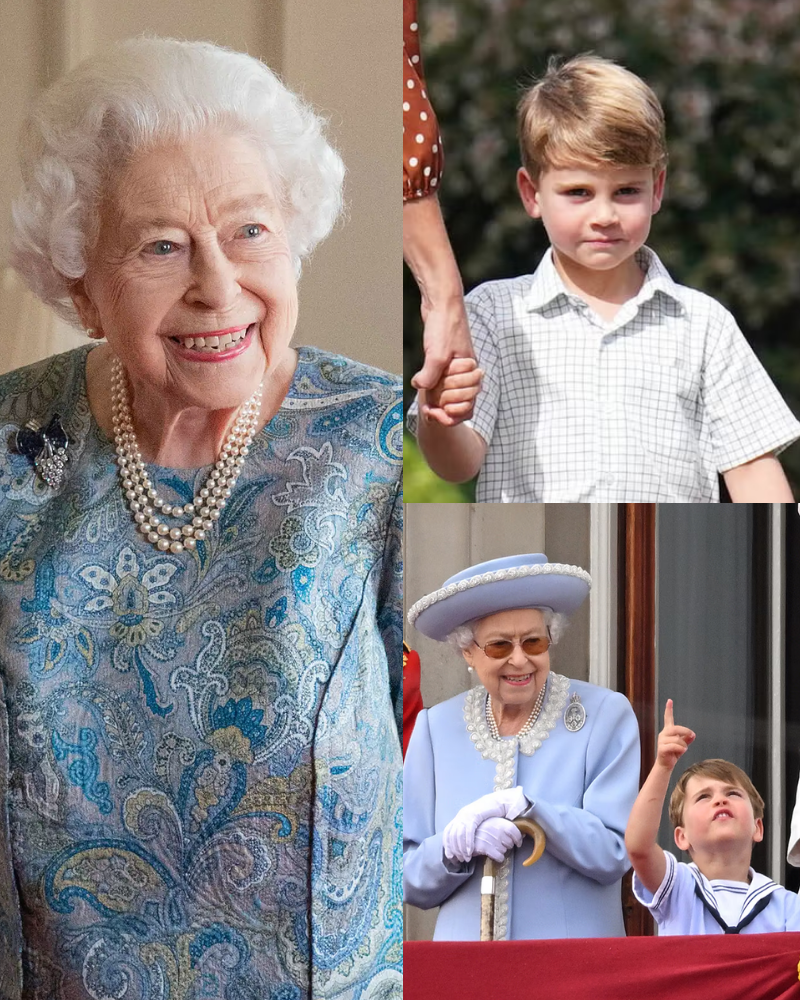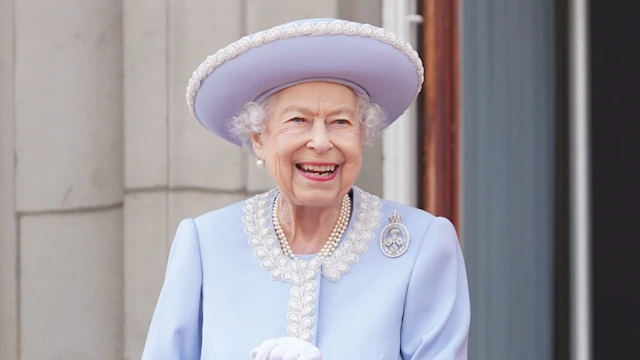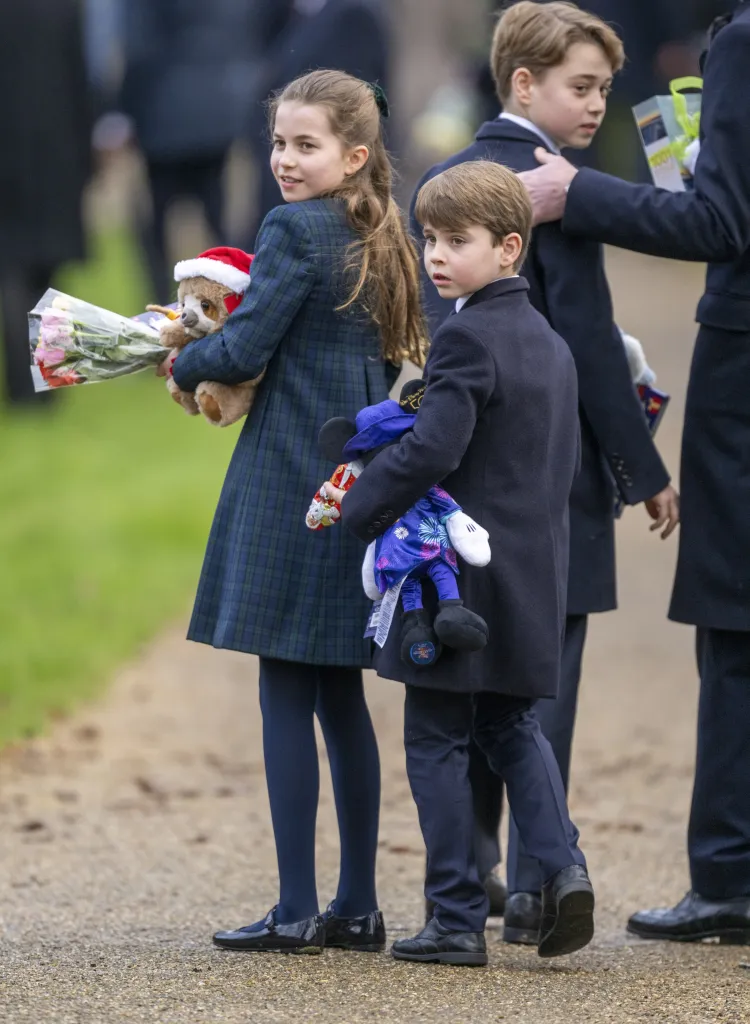
Before the birth of Prince William’s children, Queen Elizabeth II made a significant move to reverse a historic royal rule—one that ultimately influenced the title and name of Prince Louis.
Prince William and Kate Middleton welcomed their youngest child, Prince Louis Arthur Charles, on April 23, 2018. His name paid tribute both to the Queen’s cousin and to Prince Charles, now King Charles III.
William and Kate, now the Prince and Princess of Wales, have three children: Prince George, Princess Charlotte, and Prince Louis. But prior to Louis’ birth, the late Queen took it upon herself to change a rule originally imposed by her grandfather, King George V.
Queen Elizabeth’s decision to revise a long-standing royal protocol
In 1917, King George V established a rule to regulate royal titles. Under this rule, only the children and male-line grandchildren of the reigning monarch were automatically entitled to the titles of Prince or Princess and the style of His/Her Royal Highness (HRH).
This meant that royal great-grandchildren were generally excluded—unless they were the eldest son of the eldest son of the Prince of Wales. If the rule had remained in effect today, it would have applied only to Princes William and Harry, not to their children, such as Prince Louis or Princess Charlotte.

But in 2012, Queen Elizabeth II issued a new Letters Patent that overturned this century-old regulation. Her revision ensured that all children born to Prince William, the eldest son of Prince Charles, would carry HRH titles and be known as Prince or Princess. Without this change, only Prince George would have received such titles, while Charlotte and Louis would not.
Because this update didn’t include all great-grandchildren, Prince Harry’s children, Archie and Lilibet, were not given HRH or prince/princess titles at birth. At that time, Queen Elizabeth II was still the monarch, and her rule only extended the titles to William’s children.
When Charles became king in 2022, the rule shifted again. As Archie and Lilibet were now grandchildren of the reigning monarch, they automatically qualified for the titles of Prince and Princess.
Prince Louis’ name and title would have been entirely different without the Queen’s intervention
Had Queen Elizabeth not changed the rule, Prince Louis’ name and title would have taken a different form altogether.
Instead of being known as Prince Louis, he would have been referred to as Master Louis Cambridge or Master Louis Windsor.

The name “Cambridge” reflects the Duke and Duchess of Cambridge titles that William and Kate received from the Queen as a wedding gift in 2011, before becoming the Prince and Princess of Wales. Similarly, Princess Charlotte would have likely been styled as Lady Charlotte Windsor—much like her cousin Lady Louise Windsor, the daughter of Prince Edward and Duchess Sophie.
Prince Louis’ full name—Louis Arthur Charles—holds deep meaning. He is named in part after Lord Louis Mountbatten, Prince Charles’ mentor who died in an IRA attack in 1979. His middle names also honor King Charles himself, whose full name is Charles Philip Arthur George.
Meghan Markle’s reaction to Archie’s lack of title
The Queen’s amendment did not apply to Prince Harry and Meghan Markle’s children, and this became a point of contention.
During the couple’s 2021 interview with Oprah Winfrey, Meghan raised concerns about Archie not being granted a princely title. Pregnant with their daughter Lilibet at the time, she said the issue impacted her son’s level of security.
She shared: “They were saying they didn’t want him to be a Prince or Princess, which would be different from protocol, and that he wasn’t going to receive security. This went on for the last few months of our pregnancy where I was going, hold on for a second. They said [he’s not going to get security], because he’s not going to be a Prince.”

Meghan added: “Okay, well, he needs to be safe, so we’re not saying don’t make him a Prince or Princess, but if you’re saying the title is what’s going to affect that protection, we haven’t created this monster machine around us in terms of clickbait and tabloid fodder—you’ve allowed that to happen—which means our son needs to be safe.”
Her remarks sparked strong reactions from royal commentators, who argued that the situation was not about choosing not to make Archie a prince.
Instead, they emphasized that the Queen’s 2012 update never applied to Harry’s children at all. Experts maintained that Meghan’s statement—that it deviated from royal protocol—was inaccurate, as the rule had been clearly established long before Archie was born.
However, following King Charles III’s accession, both Archie and Lilibet became eligible for the Prince and Princess titles as they became grandchildren of the reigning monarch.